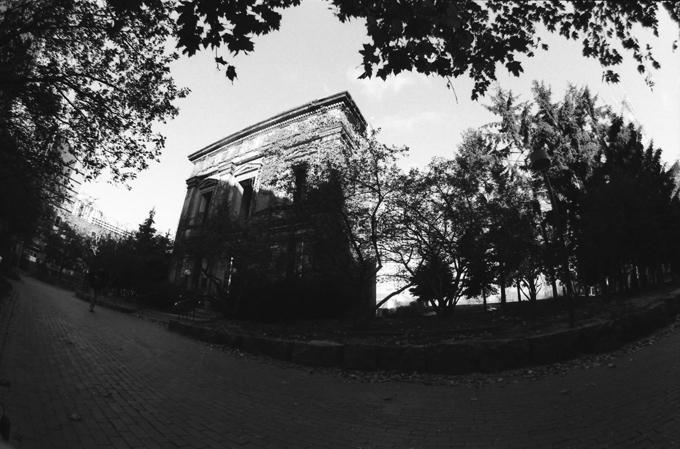By Caroline Alphonso
The power, lights and heat are the Recreation and athletics centre’s only real links to the school.
Even though the RAC is included in the athletic budget, it only sees a small amount of the money.
The athletic department has a budget of $617,740, with each full-time student contributing $49.59 out of their tuition fees.
The RAC takes care of the intermural and recreation budget, which adds up to $102,900, says Chuck Mathies, assistant athletic director. But the money doesn’t go directly to RAC. It’s used to pay coaches, club instructors, Kerr Hall supervisors and run the intermural program.
Of this money, RAC only sees $5,900, which it uses to buy recreation equipment for its members, like basketballs and volleyballs.
“We are revenue generating,” says RAC’s assistant director Sandra Hart-Erwin. “The student money can’t keep us afloat.”
RAC’s projected budget for this year is $755,000.
Less than one-eighth of the RAC’s total revenue comes from the athletics and recreation budget. “PACAR [the President’s Advisory Committee on Athletics and Recreation] is really not helping fund RAC a whole lot,” she says.
So, much like clubs and student groups around Ryerson, RAC has to finance itself.
“We have to make our way and we have to pay our way,” Hart-Erwin says. “When RAC opened, we knew it had to operate as a [fitness] club.”
Extending membership to the community is one way the RAC is able to do this. About a quarter of the budget is made through memberships.
Students always have access to the gym, which is paid through their tuition and included in the athletics and recreation budget. So the RAC also offers membership to corporations and alumni.
Through word of mouth, the RAC has about 65 members from companies like Sears, Toronto Dominion Bank and Bell Canada. There are also approximately 430 Ryerson employees and 200 alumni members using the RAC.
But the largest chunk, about one-half of RAC’s budget, is generated the programs and classes that it runs.
The yoga class, for example, was so full this semester, it began a second class. The RAC charges $45 for students and $60 for members to take the course.
Another one-eighth of the budget is made up through services, like lockers, equipment rentals and access cards to use the gym. Through initiatives like this, is the only way RAC can survive.
“We have a mandate to exist. We have to provide services to students and find ways to do it,” says Hart-Erwin.










Leave a Reply